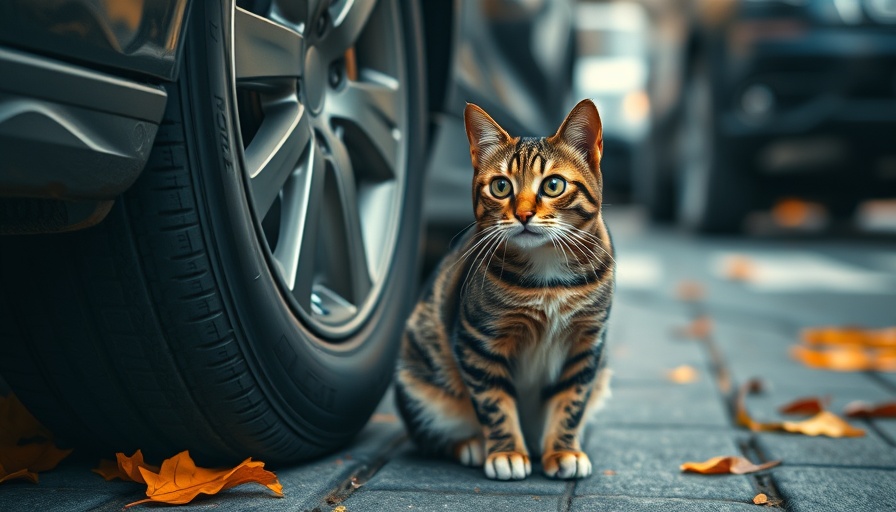
Understanding the Importance of Preventive Vet Care
For many pet owners, a visit to the vet often coincides with signs of distress or illness in their furry friends. However, as research highlights, preventive care plays an essential role in maintaining not just health but enhancing the quality of life for pets. Regular check-ups, vaccinations, and dental care can prevent serious health issues down the line, saving both emotional turmoil and financial resources.
Routine examinations serve as a valuable opportunity for pet healthcare professionals to assess nutrition, offer veterinary-approved diet recommendations, and discuss behavioral concerns. With many pets unable to express discomfort until it becomes severe, establishing a preventive care regimen is crucial for early detection and intervention.
Rethinking the Cold, Wet Nose Myth
One common belief among pet owners is that a pet’s cold and wet nose is a definitive sign of a healthy companion. However, this perception can be misleading. The temperature and moisture of a pet's nose can fluctuate due to environmental factors, hydration levels, and various health conditions.
Instead of relying solely on the nose as an indicator of well-being, owners should pay attention to overall behavior. Changes in appetite, energy levels, or any unusual actions can be more telling signs of a pet's health status. Fostering awareness around these behaviors enhances the ability to respond to potential health concerns before they escalate.
Human Food vs. Pet Nutrition: What Owners Should Know
Many owners enjoy spoiling their pets with the occasional table scraps. However, this practice can lead to unforeseen issues, such as obesity, nutritional imbalances, and potential poisoning. Foods like chocolate, onions, and grapes can be toxic to pets, and consuming these can lead to life-threatening conditions or chronic health problems.
Experts recommend sticking to vet-approved treats specially formulated for pets and introducing fruits like blueberries or seedless apples in moderation as healthy alternatives. Understanding which foods are safe aligns with ensuring your pets receive balanced nutrition tailored to their needs.
Debunking the Feline Fallacy: Cats and Their Agility
It is often said that cats always land on their feet—a notion that perpetuates an unrealistic expectation regarding a feline's agility in dangerous situations. While cats do possess the remarkable ability to twist and right themselves during a fall, they are by no means invulnerable. Risks of injury can occur from great heights or rough landings.
Encouraging responsible indoor and outdoor play, along with observing safety precautions, ensures pets remain free of avoidable injuries. Providing accommodations like climbing trees and interactive toys contributes positively to their agility and overall enjoyment of life.
Empowering Pet Owners with Knowledge
As a pet owner, staying informed and aware of these pet care myths is vital. With the guidance of veterinarians and credible resources, owners can make educated decisions, fostering a stronger, healthier bond with their pets. Recognizing the importance of ongoing education and embracing proactive health measures can transform the way we care for our beloved companions.
Your Next Steps: Taking Action for Your Pet's Health
Remember, your furry friends deserve the best care possible. They rely on you for their health and happiness, so don't hesitate to consult veterinary professionals for advice tailored to your pet's unique needs. Establish a regular check-up schedule and ensure their diet enriches their health rather than detracts from it. Together, let's bust these myths for the betterment of our pets' lives!
To ensure your pet's health and well-being, schedule an appointment with a veterinarian today. Equipped with accurate information, you can provide the best care possible.
 Add Row
Add Row  Add
Add 


Write A Comment